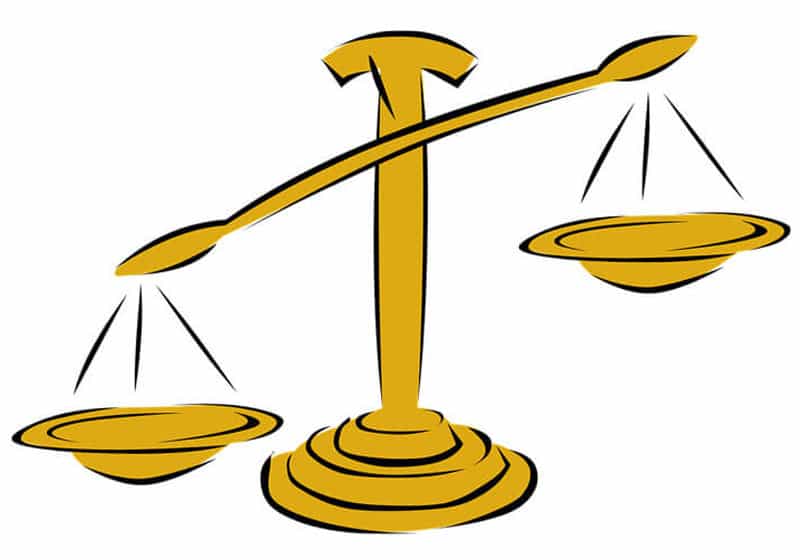Car accidents can have devastating consequences, causing serious injuries that impact victims physically, emotionally, and financially. Common types of injuries resulting from motor vehicle accidents can range from relatively minor to severe, and understanding these injuries is crucial for promoting awareness and encouraging safety on the road. In this article, we’ll explore various types of injuries often sustained in car accidents and shed light on their consequences. Personal injury lawyers can advise if your injuries are severe enough to open a claim.
Traumatic brain injuries (TBIs)
Car accidents can lead to traumatic brain injuries, which occur when the head is struck or experiences a sudden jolt. Head injuries can range from concussions to more severe conditions like contusions or penetrating injuries, causing long-term cognitive and neurological issues. Treatment may involve surgery, medication, and rehabilitation.
Spinal cord injuries and paralysis
One of the most catastrophic injuries resulting from a car accident is a spinal cord injury (quadriplegia, tetraplegia, and paraplegia). Damage to the spinal cord can cause partial or complete loss of motor and sensory function, leading to paralysis. These injuries often require extensive medical treatment and ongoing rehabilitation. Treatment of spinal injury often involves surgery, medication, and extensive rehabilitation to regain function and mobility.
Burns
In collisions where fires or explosions occur, severe burns can result. Burns not only cause excruciating pain but can also lead to life-threatening complications such as infection and scarring. Treatment may include skin grafts and ongoing wound care.
Back injuries
The human body, particularly the spine, is not designed to withstand the high-impact force experienced in car accidents. As a result, back injuries are a common occurrence in these car accidents. These injuries can manifest in various ways, and their effects can be both immediate and long-lasting. The force of impact in car accidents can cause spinal misalignments, herniated discs, or fractures in the vertebrae, leading to chronic back pain and limited mobility. Recovering from these injuries often requires long-term medical care and physical therapy.
Broken bones
Fractures and broken bones are common injuries in car crashes. Impact on the steering wheel, dashboard, or airbag deployment can lead to broken arms, legs, ribs, and collarbones. These injuries require immediate medical attention and can result in extended periods of rehabilitation. Treatment may require casting, surgery, and rehabilitation to regain strength and mobility.
Internal injuries
The sudden impact of a car crash can cause internal injuries, such as lacerations and damage to organs like the liver, spleen, or kidneys. Internal injuries are often life-threatening and may require immediate surgery.
Facial injuries and scars
The face is particularly vulnerable in car accidents. Facial injuries can result from broken glass, airbag deployment, or impact with surfaces inside the car. These injuries can lead to disfigurement, extensive scarring, and psychological trauma. Treatment may involve surgery, skin grafts, and therapy.
Limb loss and amputation
In severe accidents, traumatic amputations or limb loss can occur. The loss of a limb significantly impacts an individual’s quality of life and may require prosthetic devices and ongoing physical therapy.
Neck injuries and whiplash
Whiplash is a common neck injury caused by the sudden jerking motion of the head during a collision. It can result in neck pain, stiffness, and reduced range of motion. Whiplash, a common injury resulting from car accidents, can be difficult to diagnose due to its varied symptoms and the potential for delayed onset. To accurately diagnose and assess the severity of whiplash injuries, medical professionals may rely on imaging tests such as X-rays, CT scans, or MRIs, particularly after serious accidents. While whiplash is often considered a minor injury, it can have long-lasting effects if left untreated. Treatment may include physical therapy and medication.
Knee injuries, foot, and ankle injuries
In car accidents, knees, feet, and ankles can strike hard surfaces or become trapped in twisted positions. Fractures, sprains, and bruising in these areas are common.
Wrist, hand, and shoulder injuries
During a collision, occupants may instinctively brace themselves, resulting in injuries to the upper extremities, including shoulders, wrists, and hands. Fractures, sprains, dislocations, and tendon damage are typical.
Lacerations and bruises
Impact with debris, shattered glass, or interior surfaces can cause lacerations and bruises. While relatively minor, these injuries can lead to infection and may require stitches or other medical intervention.
Soft tissue injuries
Soft tissue injuries involve damage to muscles, tendons, and ligaments. Strains, sprains, and tears commonly occur in car accidents and can result in ongoing pain and physical limitations. Treatment may involve rest, physical therapy, and medication.
Post-traumatic stress disorder (PTSD)
Car accidents can have a profound psychological impact, leading to conditions like post-traumatic stress disorder. Individuals may experience flashbacks, anxiety, depression, and difficulty getting back behind the wheel. Treatment may involve therapy, medication, and support groups to help manage symptoms and improve quality of life.
Car accidents can result in a wide range of injuries, from temporary discomfort to life-altering conditions. If you’ve been injured in a car accident due to someone else’s negligence, you may be entitled to compensation. Document your injuries, seek medical treatment, and consult with a personal injury attorney to understand your legal options.





